Social media marketing is the use of social media platforms to connect with your audience to build your brand, increase sales, and drive engagement.
This involves publishing inspiring and interesting content on your social media profiles, listening to and engaging your followers, analyzing your results, and running social media promotions.
How to create content for your social media platform:
1. Define your goal
Doing this early on will guide your social media marketing strategy. As Godin explains, “your strategy is like building a ship. You need to know where it’s going to sail before you can start nailing planks of wood together.”
2. Know who your audience is
Understand your audience, what social media channels they are active on, know what makes them tick, what kind of information they like, what type of content they consume (video/words), as this will guide you on what to create.
3. Create a brand persona
Identify the best representation of a typical consumer in the company’s selected target market. The brand persona describes the consumer quite broadly – their lifestyle, purchasing behavior and attitudes that influences their decision making.
4. Create a content calendar
Maintain a social media calendar to let you plan ahead, batch your work, avoid last-minute content creation, drive brainstorming, and note down all your creative brainwaves for later. It’s basically the best way to avoid duplicating content.
How to win the hearts of your audience when creating content for social media:
• Create relevant content:
Remember one golden rule – create content that focuses on your audience and adds value to them. Doing this is more likely to connect the audience with your brand. Be sure to strike a balance between engaging content and promotional content.
• Have an aesthetically pleasing feed:
Your content should be well-organized and easily readable with a good flow. If your content looks attractive, there are good chances that your audience may want to engage with it. If they find your content appealing, they may even share it with friends and partners.
• Create a Call to Action (CTA):
This is the chance to motivate your audience to take real steps toward becoming a customer, partner or ambassador. It can be the determining factor between a lead and a conversion. For example; “Click the link in our bio to learn more”
• Post user-generated content:
This is any type of content that has been created by the target audience. It is great for two reasons – it engages your audience and creates greater brand awareness. According to a study, posting user generated content helps your audience trust you better.
• Leverage influencer marketing:
When an influencer is well known in a specific area, and when their audience sees them give their stamp of approval in that area, it increases trust in that brand awareness and willingness to be associated with it.
The key to the success of this is to: develop a plan, commit the right resources, set a budget, and be consistent with your message.
